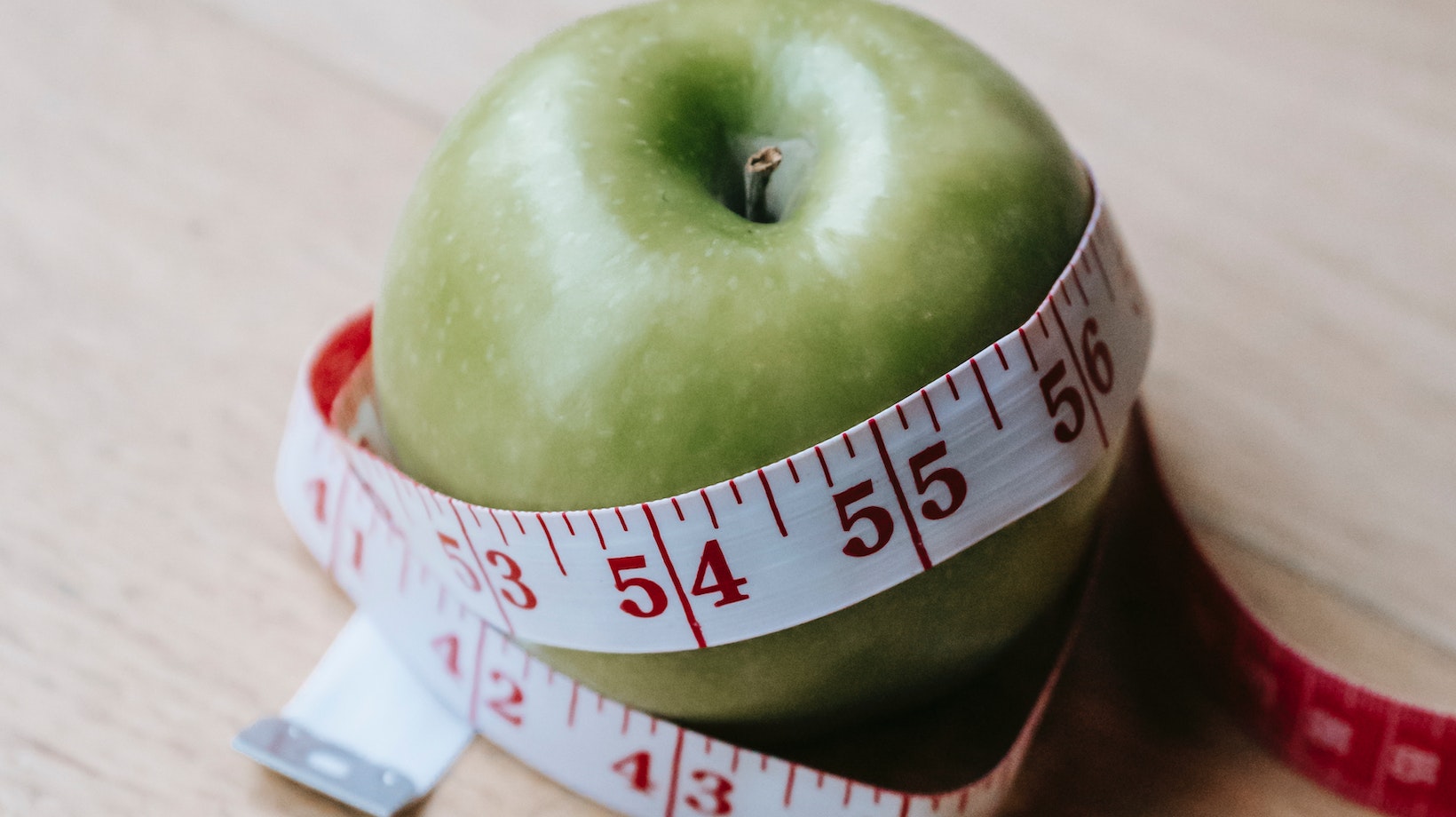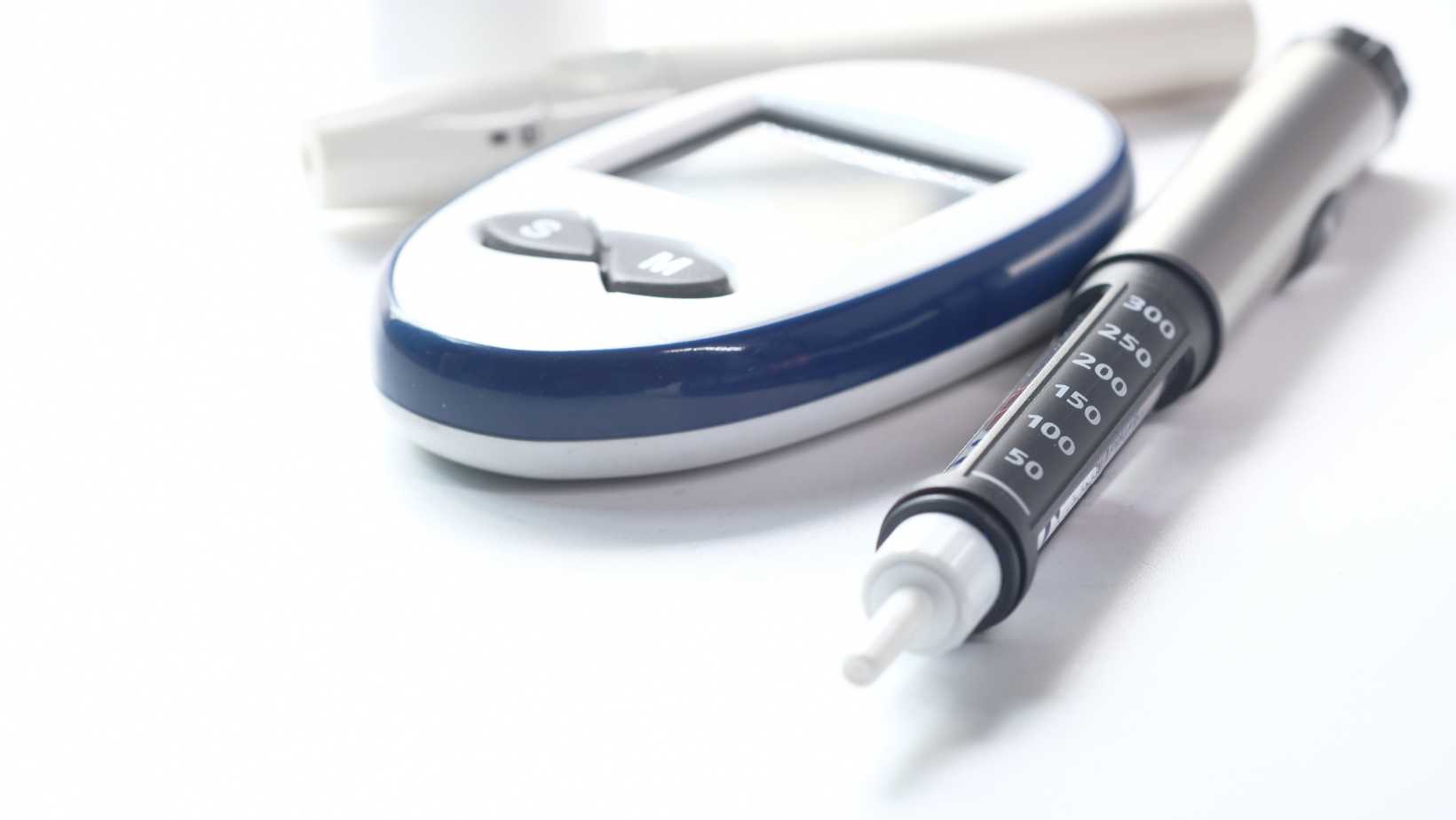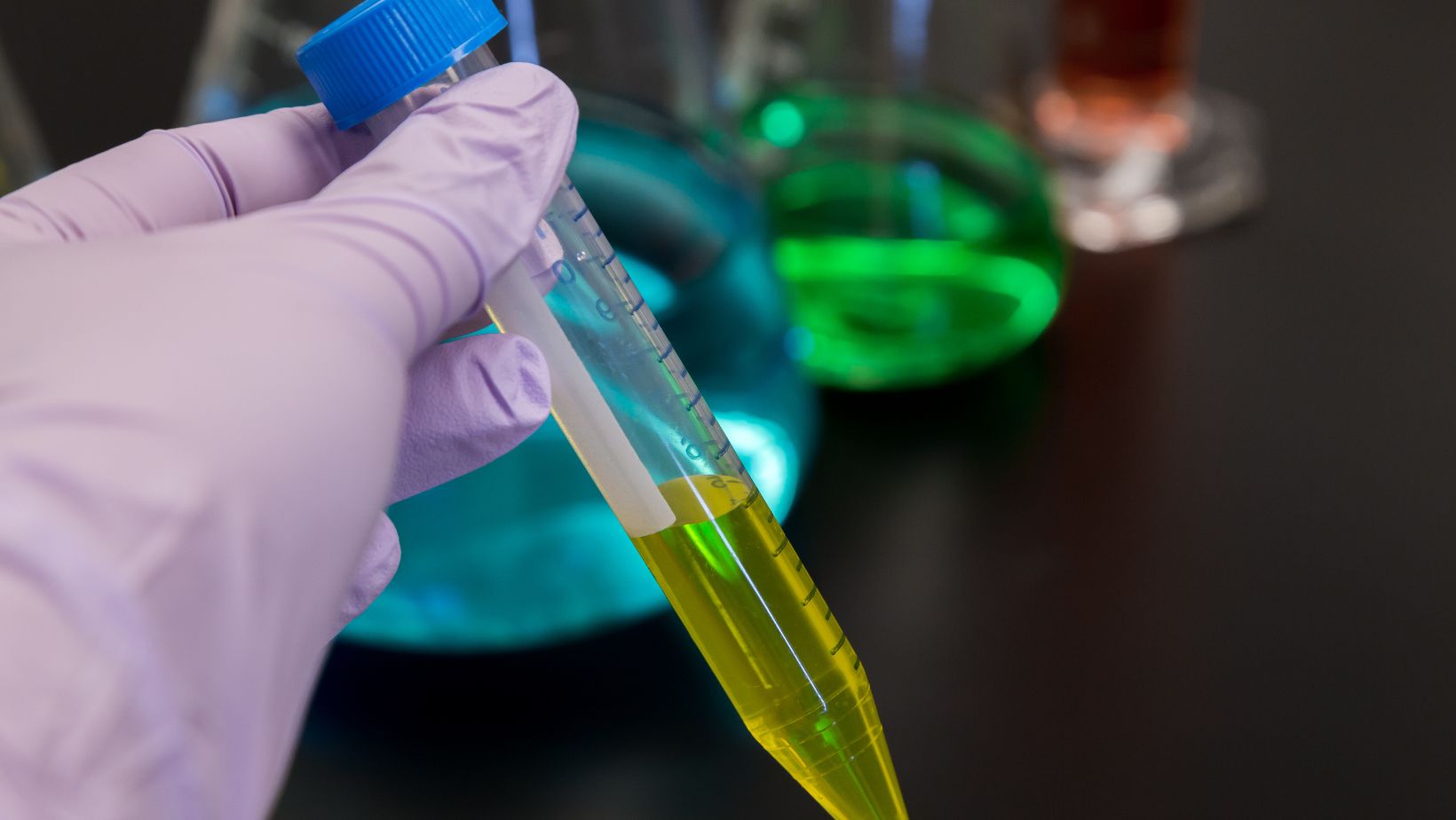Conversion You Need: How Many Ml In A Cubic Centimeter

How Many Ml In A Cubic Centimeter
If you’ve ever wondered about the conversion between milliliters (ml) and cubic centimeters (cm³), you’re not alone. Understanding the relationship between these two units of measurement can be quite useful, especially when working with liquids or volumes in scientific or medical contexts. So, how many ml are there in a cubic centimeter?
The answer is straightforward: 1 milliliter is equal to 1 cubic centimeter. Both ml and cm³ represent the same volume, making them interchangeable units of measurement. This means that if you have a liquid or substance measured in milliliters, you can also express its volume in cubic centimeters without any conversions necessary.
Whether you’re measuring medication doses, laboratory solutions, or simply trying to understand the capacity of a container, knowing that 1 ml equals 1 cm³ simplifies calculations and promotes accuracy. By familiarizing yourself with this conversion, you’ll be well-equipped to navigate various measurements involving liquids and volumes effortlessly.
Understanding The Relationship: Milliliters And Cubic Centimeters
When it comes to understanding the relationship between milliliters (ml) and cubic centimeters (cm³), many people often wonder how they are related or if there is any difference between them. Well, let’s dive right in and shed some light on this intriguing topic.
To start with, it’s important to note that milliliters and cubic centimeters are actually equivalent units of volume. In other words, 1 milliliter is equal to 1 cubic centimeter. So, whether you’re measuring the capacity of a container or the volume of a liquid, you can use either milliliters or cubic centimeters interchangeably.
Now, you might be wondering why we have two different names for the same measurement. The reason lies in their usage and origin. Milliliters are commonly used in everyday life when dealing with liquids, such as cooking recipes or medication dosages. On the other hand, cubic centimeters are more frequently used in scientific contexts when discussing volumes of solids or gases.
To put things into perspective, imagine you have a small glass filled with water up to its brim. If someone asked you how much water is in it, the answer would be expressed in milliliters because we typically measure liquids using that unit. However, if you were measuring a solid object like a cube or a cylinder, its volume would be stated in terms of cubic centimeters instead.
In summary:
- Milliliters (ml) and cubic centimeters (cm³) represent the same unit of volume.
- They can be used interchangeably depending on whether you’re dealing with liquids or solids.
- Milliliters are commonly used for measuring liquids while cubic centimeters are more suitable for solids or gases.
So now that we’ve demystified this relationship between milliliters and cubic centimeters, feel free to confidently use these units in your everyday measurements without any confusion.

Conversion Factors For Milliliters And Cubic Centimeters
When it comes to measuring liquids, understanding the relationship between milliliters (ml) and cubic centimeters (cm³) is crucial. These two units are often used interchangeably in different contexts, but it’s important to know how they relate to each other. So, let’s dive right into the conversion factors for milliliters and cubic centimeters.
To start off, we need to establish that one milliliter is equivalent to one cubic centimeter. This means that 1 ml = 1 cm³. This relationship exists because both milliliters and cubic centimeters represent volume measurements.
So there you have it! The conversion between milliliters and cubic centimeters is quite straightforward since these units are equal in value. Whether you’re dealing with liquid measurements in the lab, kitchen, or any other setting, understanding this conversion factor will help ensure accurate calculations.
Remember, both milliliters and cubic centimeters are valuable units of measurement that serve different purposes depending on the field of study. Being familiar with their relationship empowers you to effectively communicate and work with volumes in various contexts.




